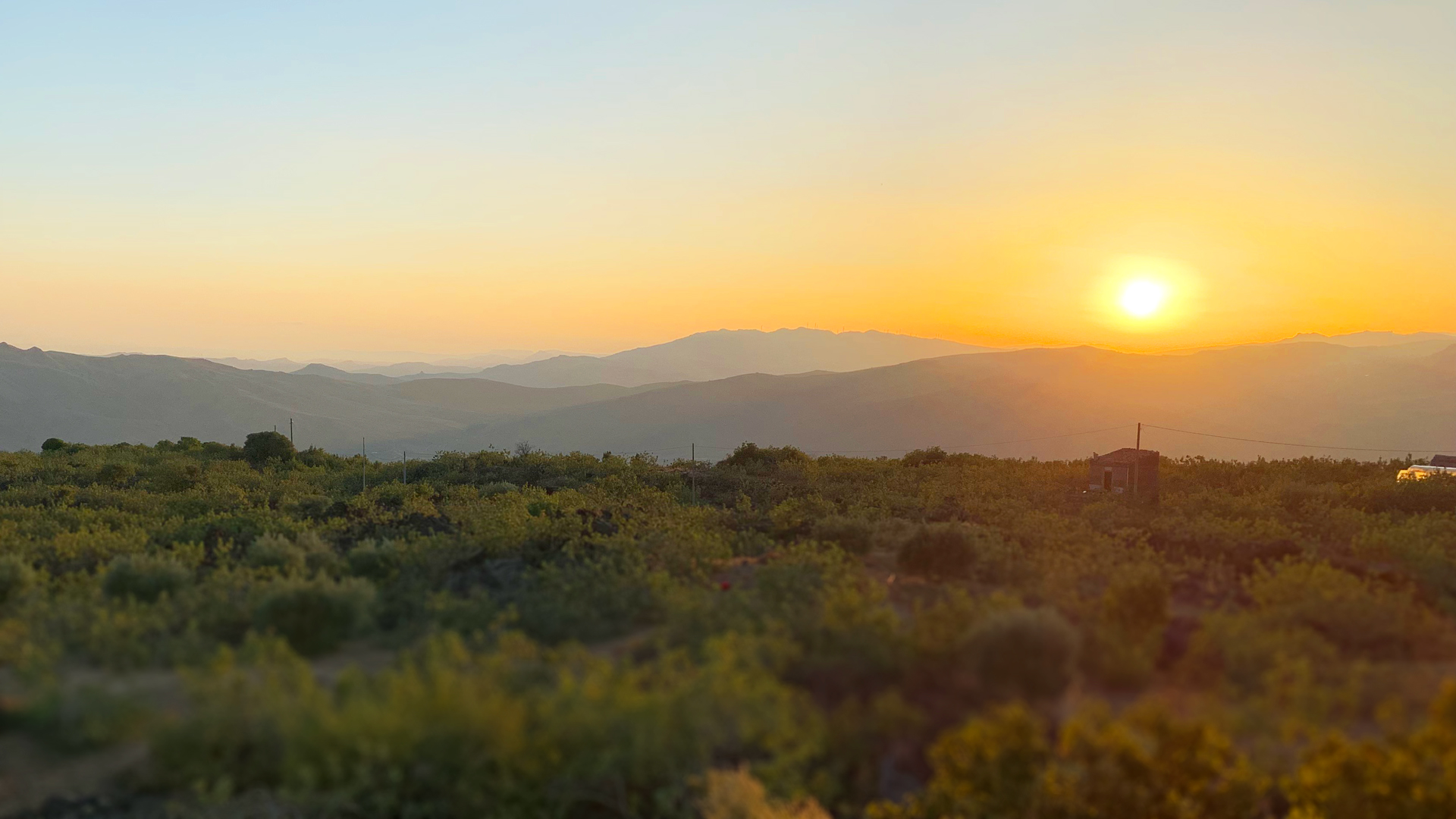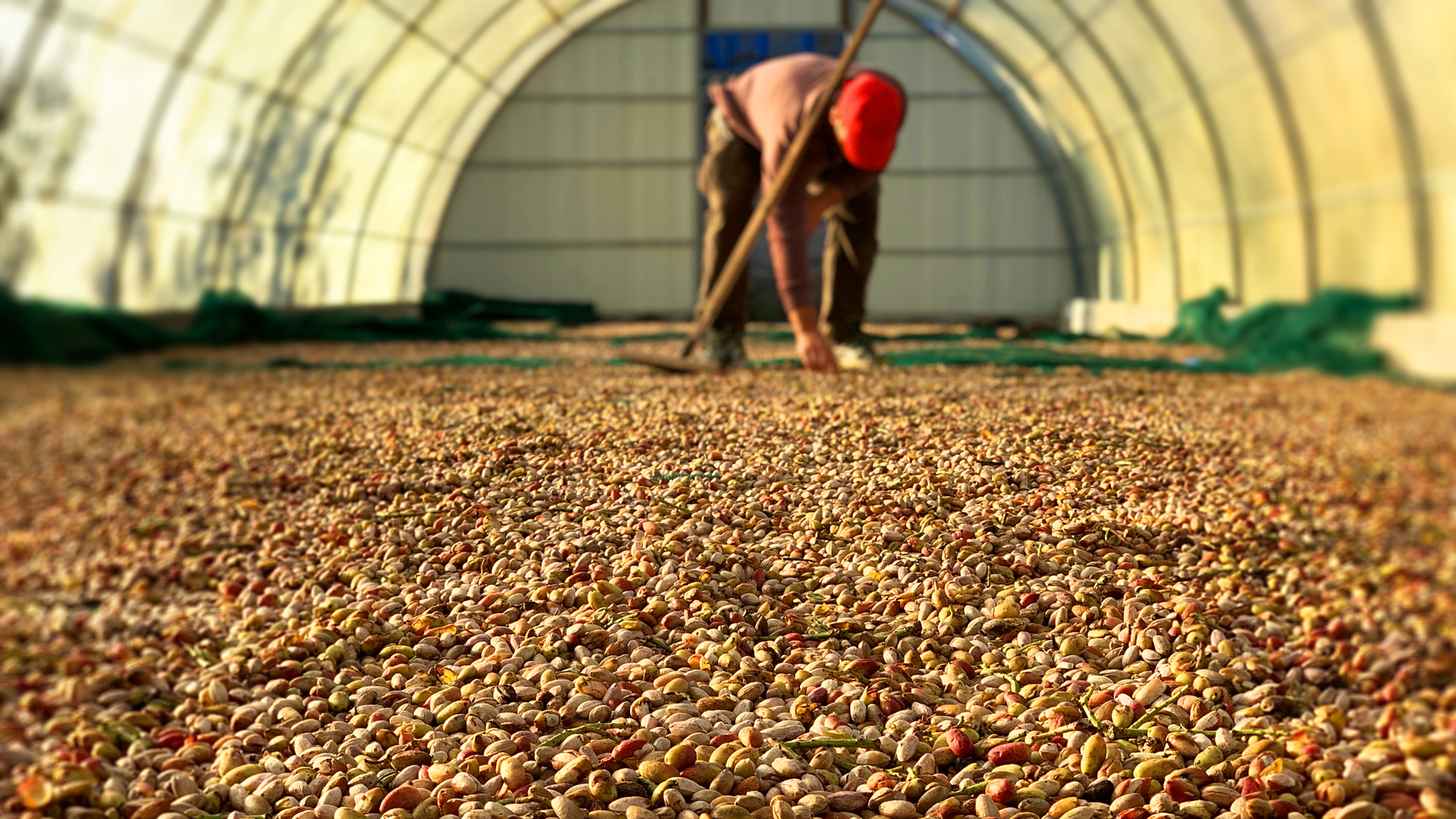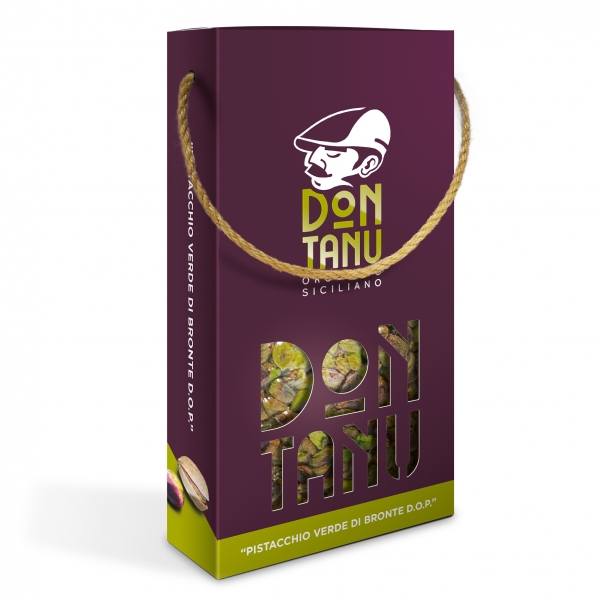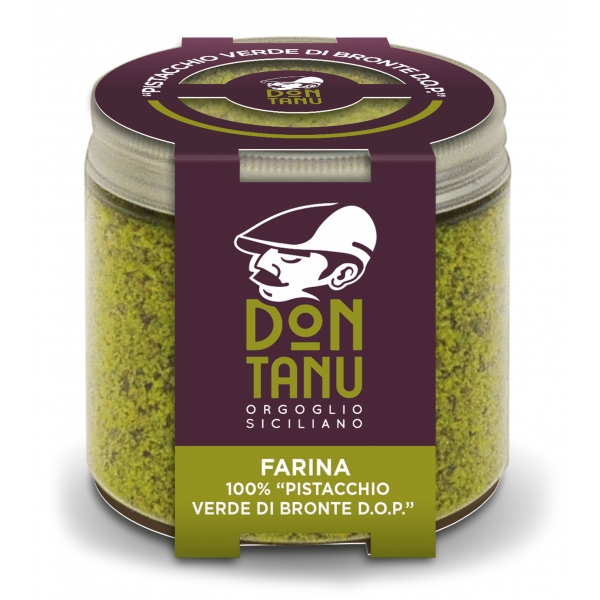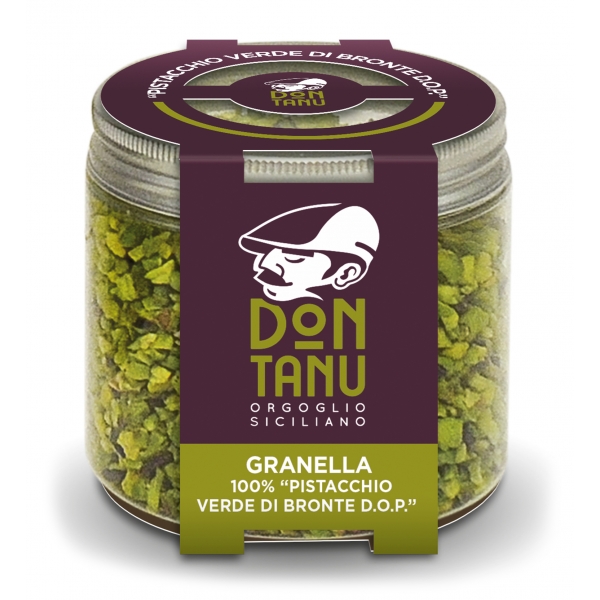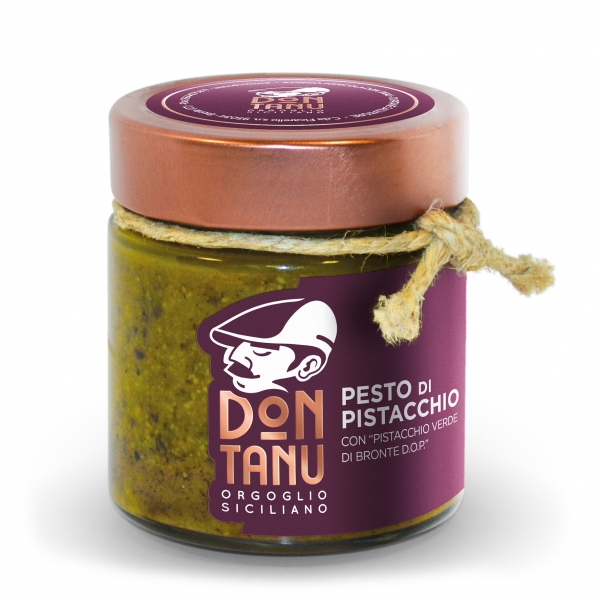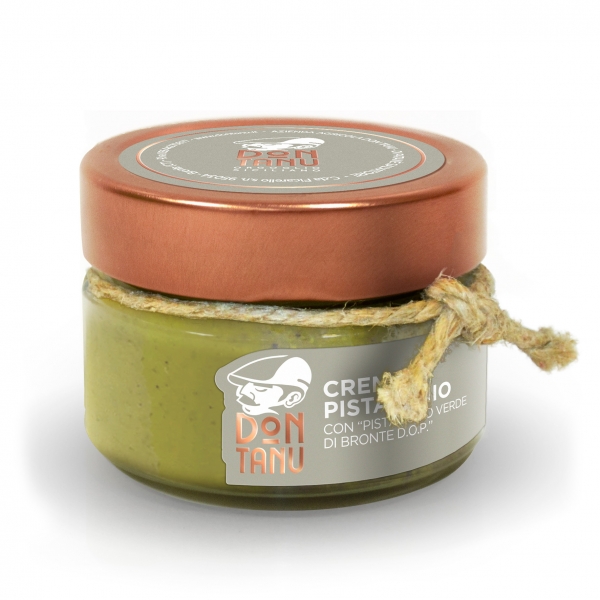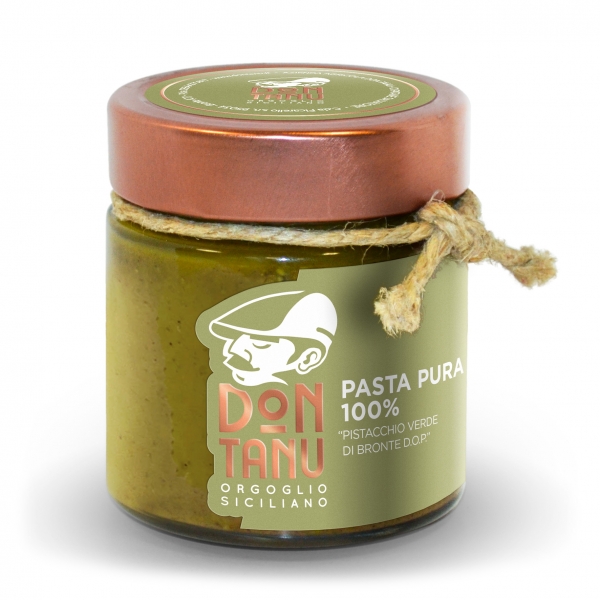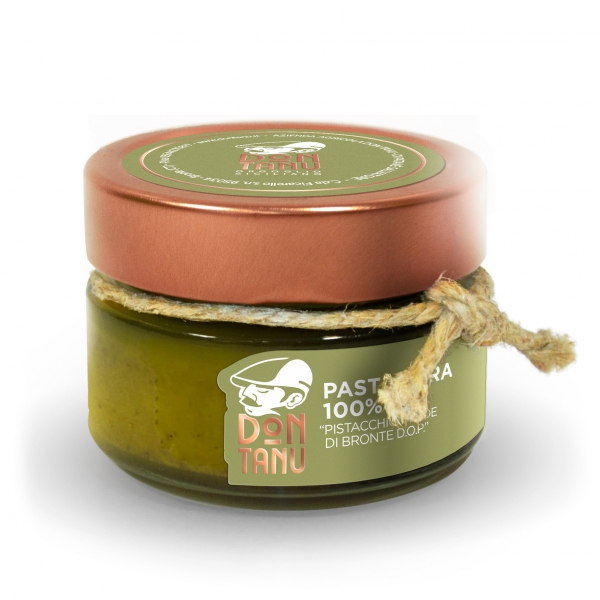No products
Categories
- Fashion Accessories
- Clothing
- Beauty & Lifestyle
-
Hi-Tech & Lifestyle
- Gaming
-
Case
- iPhone 11 Pro
- iPhone 11 Pro Max
- iPhone 11
- iPhone X / XS
- iPhone XS Max
- Samsung S10 / S10+ / S10e
- Huawei P30 / P30 Pro / P30 Lite
- Huawei P20 / P20 Pro / P20 Lite
- iPhone XR
- Samsung S9
- Samsung S9+
- iPhone 8 / 7
- iPhone 8 Plus / 7 Plus
- Samsung S8
- Samsung S8+
- Samsung S7
- Samsung S7 Edge
- iPhone 6 / 6 s
- iPhone 6 Plus / 6 s Plus
- iPhone 5 / SE
- Skin
- Audio
- Smart Home
- Drones & Hoverboard
- Photo & Video
- Desk Supplies
- Accessories
- Games
- Beverages
- Food
- Home
- Jewelry
- Luxury
- Travel
- Art
- Footwear
- Vintage Fashion
- Restaurants
- Sport
- Animals
- Gift Ideas
- Kidswear
Extra
Viewed Products
-

Master & Dynamic - MH40 - Silver Metal / White Leather - Premium High Quality...
Our MH40 Over-Ear Headphones are the...
-

The Attico - The Attico Telma Aviator Sunglasses in Black - ATTICO4C1SUN -...
Introducing the new capsule...
Don Tanu
Sicilian Pride
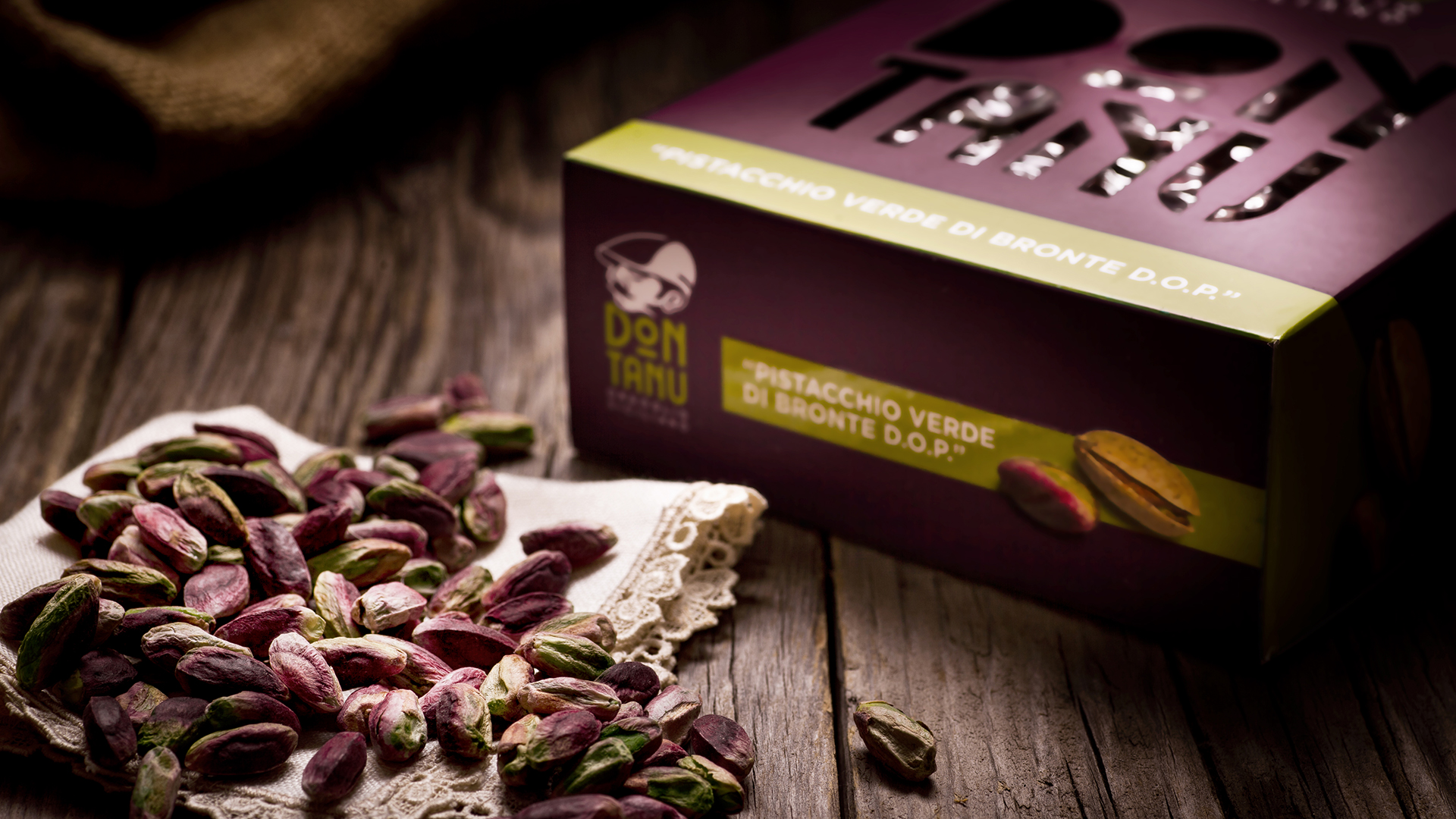
Don Tanu, Excellencies Who Tell the Sicilian Pride
Mission
Don Tanu was born from the idea and desire to transmit the passion for one of the most famous Sicilian excellence in the world: the Bronte pistachio DOP, whose uniqueness is guaranteed by the DOP certification.
The company is keen to communicate not only the dedication to the products of its land but also the history of an island, Sicily, a land rich in ancient traditions and strong and authentic values that are handed down from generation to generation.
Don Tanu is Rediscovering Sicily in Any Place You Are!
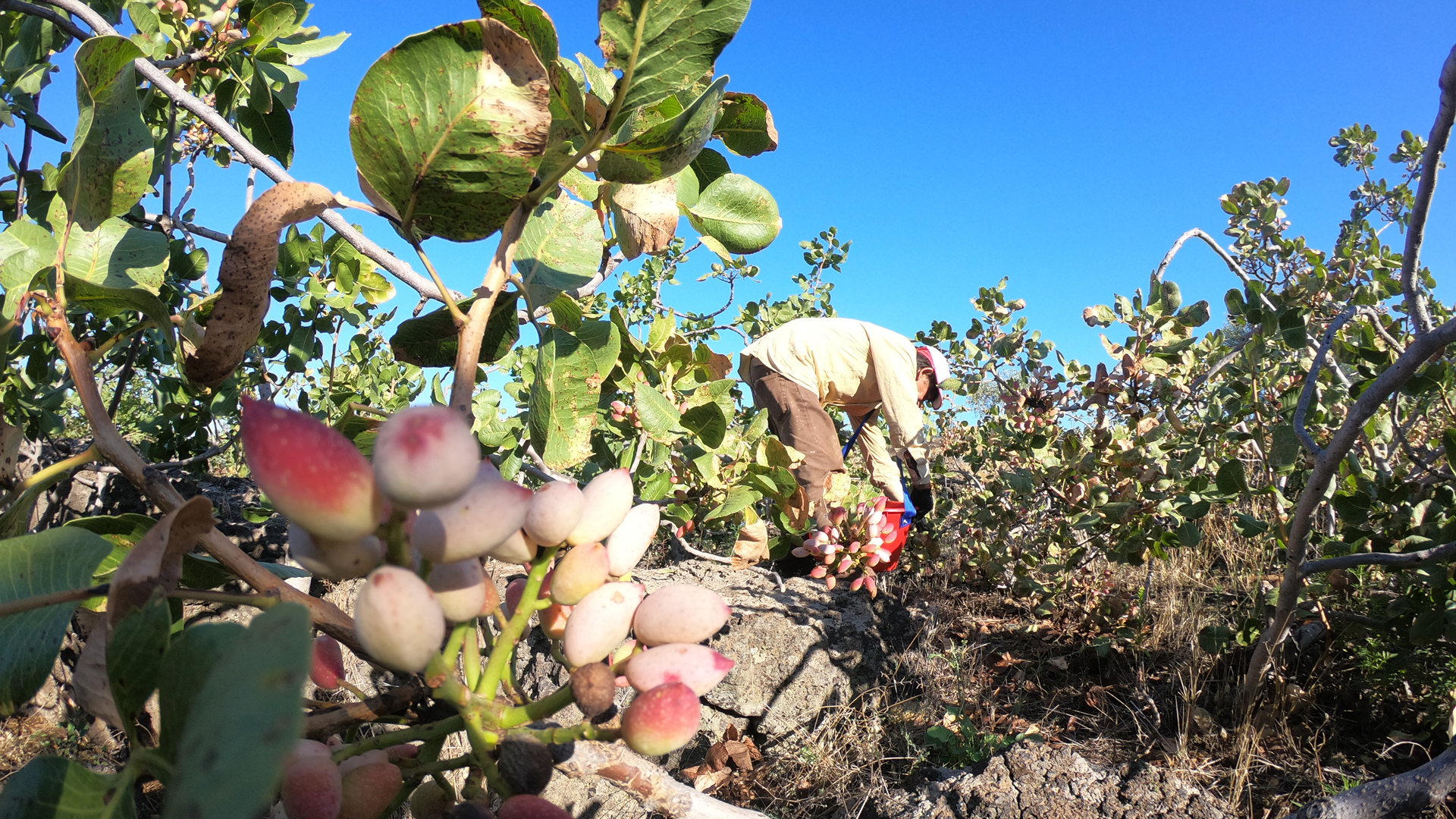
Don: In the south, sir. Still today in the south Don and Donna are used instead of ladies and gentlemen.

Tanu: My grandfather, Gaetano.
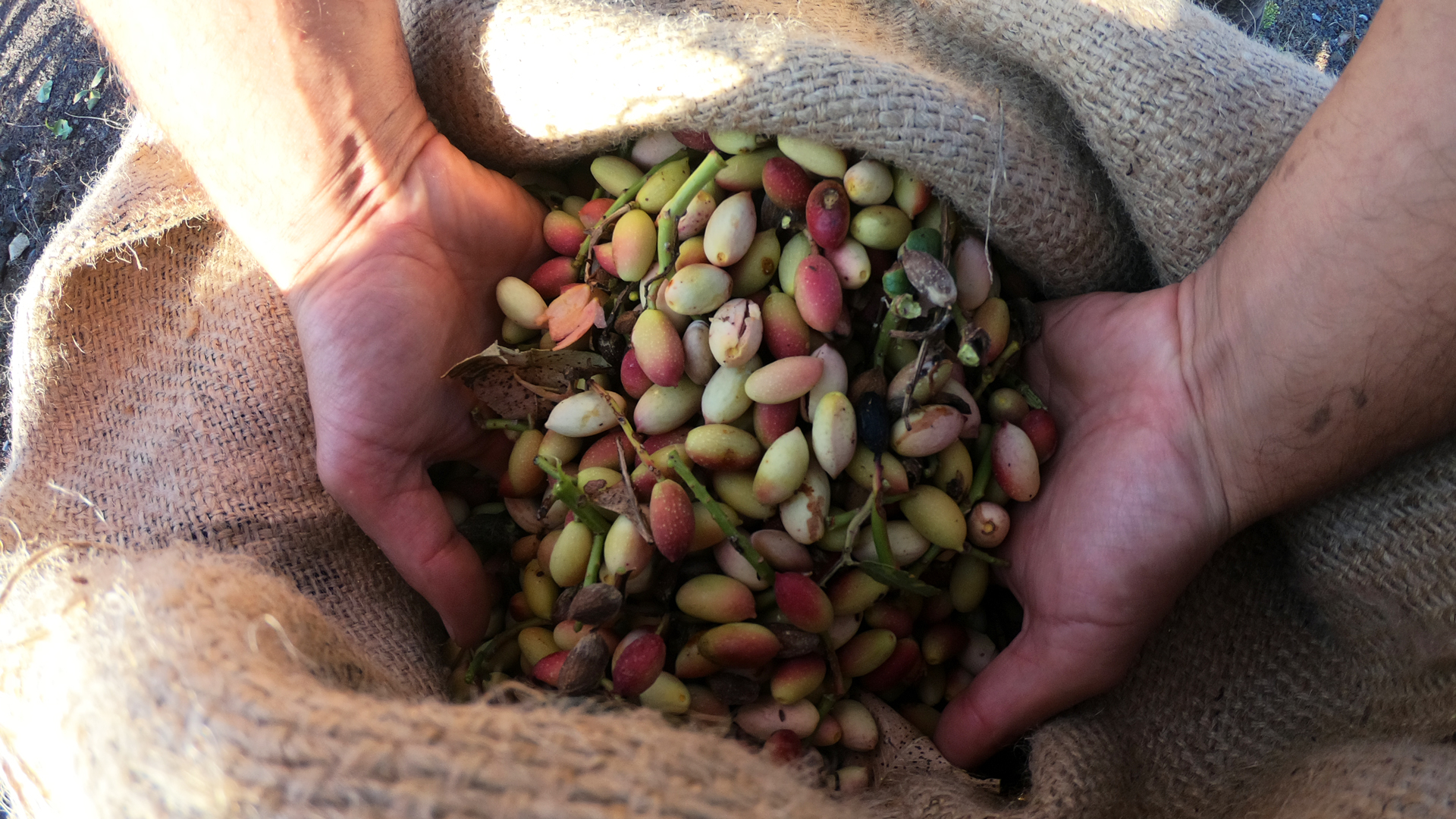
It was precisely that Don Tanu, with the flat cap and mustache that still characterizes him, that I watched from an early age while taking care of his pistachio. The dedication and passion towards this very rare raw material, which I filtered through the curious eyes of a child, have now become the same premises that distinguish the Don Tanu company.
From yesterday to today nothing has changed. The harvesting technique is always the same: the sciara, the pistachio plant that was born as a miracle between ancient lava stones and human hands, are the only three ingredients that are needed to obtain Don Tanu pistachio.
The Pistachio

The pistachio cultivation was introduced by the Arabs, as the etymology of the Sicilian dialectal word "fastuca" which would correspond to the Arabic term "fastuq" would seem to testify. It is precisely to the Arabs that many recipes for sweets with almond, date and pistachio filling are due, the sweet cornerstones of Sicilian pastry.
Since 1929, Bronte has been the center of reference for the national pistachio sector. The record was conquered thanks to the work of Sicilian farmers who for more than 200 years have made arid and rough terrain the ideal context to create a large area of pistachio enhancing the terebinth (Pistacia terebinthus). However, it is precisely the volcanic soil of Etna that makes pistachio the excellence known and appreciated all over the world.
The Pistachio Harvest

With this brief description, Don Tanu wants to give due credit to the tiring work of man that exists behind every single packaged pistachio fruit.
The pistachio harvest takes place through different processing stages of the raw material.
First Phase: The Harvest
The collection is biennial and is carried out in odd years in the months from late August to early September. The harvesting phase is an extremely delicate phase.
It is performed completely by hand since the pistachio plant, growing on lava soils (the Sicilian sciara) does not allow the use of machinery and requires the help of teams of specialized pickers who act directly on the pistachio shrubs and, delicately breaking them , drop the fruit into a container carried on the shoulder.
For Bronte's families, this phase is as tiring as it is felt as a long-awaited party, a ritual that is handed down from generation to generation in which the whole family participates with different tasks, from the largest to the smallest.
Second Phase: The Removal of The Husk

After the first phase, through the mechanical action of the tape of a machine, the fruits are separated from their husk (the fleshy envelope that covers it and which, when ripe, takes on an ivory white color that makes the pistachio fruits similar to confetti).
Thus the shell pistachio is also known also with the name of tignosella.
Third Phase: Drying

Once the tignosella is obtained, we proceed with the third stage of processing, drying. The pistachio is placed in the so-called stindituri.
Spread the nets on the floor of special greenhouses, spread the pistachio in order to make it air in a homogeneous way. It takes on average two to three days of warm Sicilian sun to ensure that the fruits arrive at the right degree of drying. This traditional, slow and natural method gives the fruit that particular fragrance without equal.
Fourth Phase: The Shelling

Once dried, the pistachio is ready to be peeled. This processing, as the term itself anticipates, discovers the pistachio from the second woody shell that encloses it as a casket. In fact, nature seems aware of the precious fruit that it created having endowed the pistachio with a double protection.
Today this phase is carried out thanks to the use of machinery, in ancient times sciffu was used, a concave lava stone block on whose edge the peasants shelled the pistachio with the help of sharp tools.
Phase Five: The Peeling
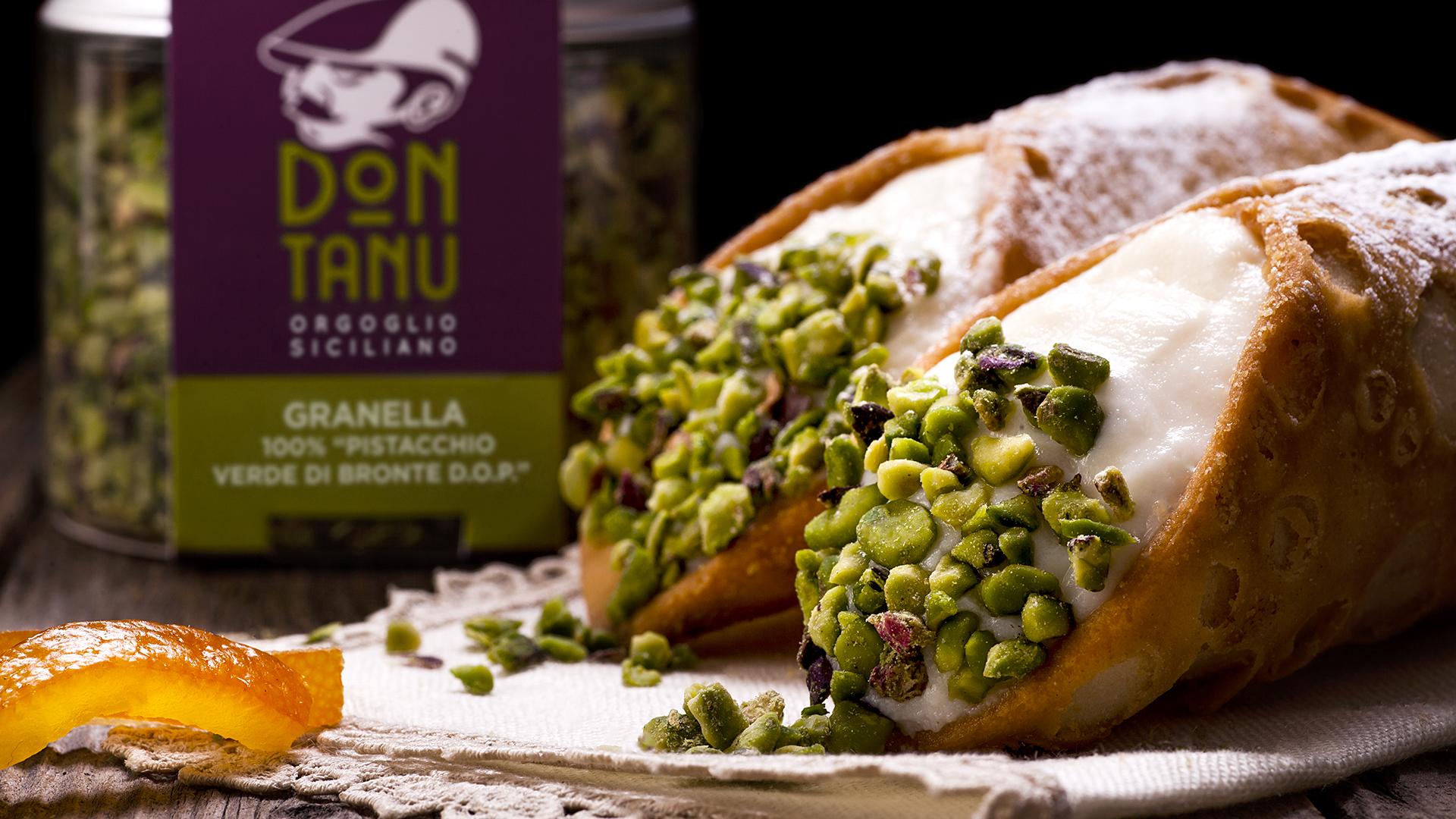
After shelling, you can proceed with the "peeling" of the pistachio. That is, the elimination of the very thin purple endocarp that delicately covers the fruit one last time.
The plant used consists of a "scalder" where the seed is peeled, making it dip a few minutes in hot water (about 90 ° C). Through the brief soaking, the film that wraps the seed swells and subsequently, passing through rubberized cylinders that rotate by rubbing, it is torn and the pistachio remains of its very intense emerald green.
Fifth Phase: Control and Selection
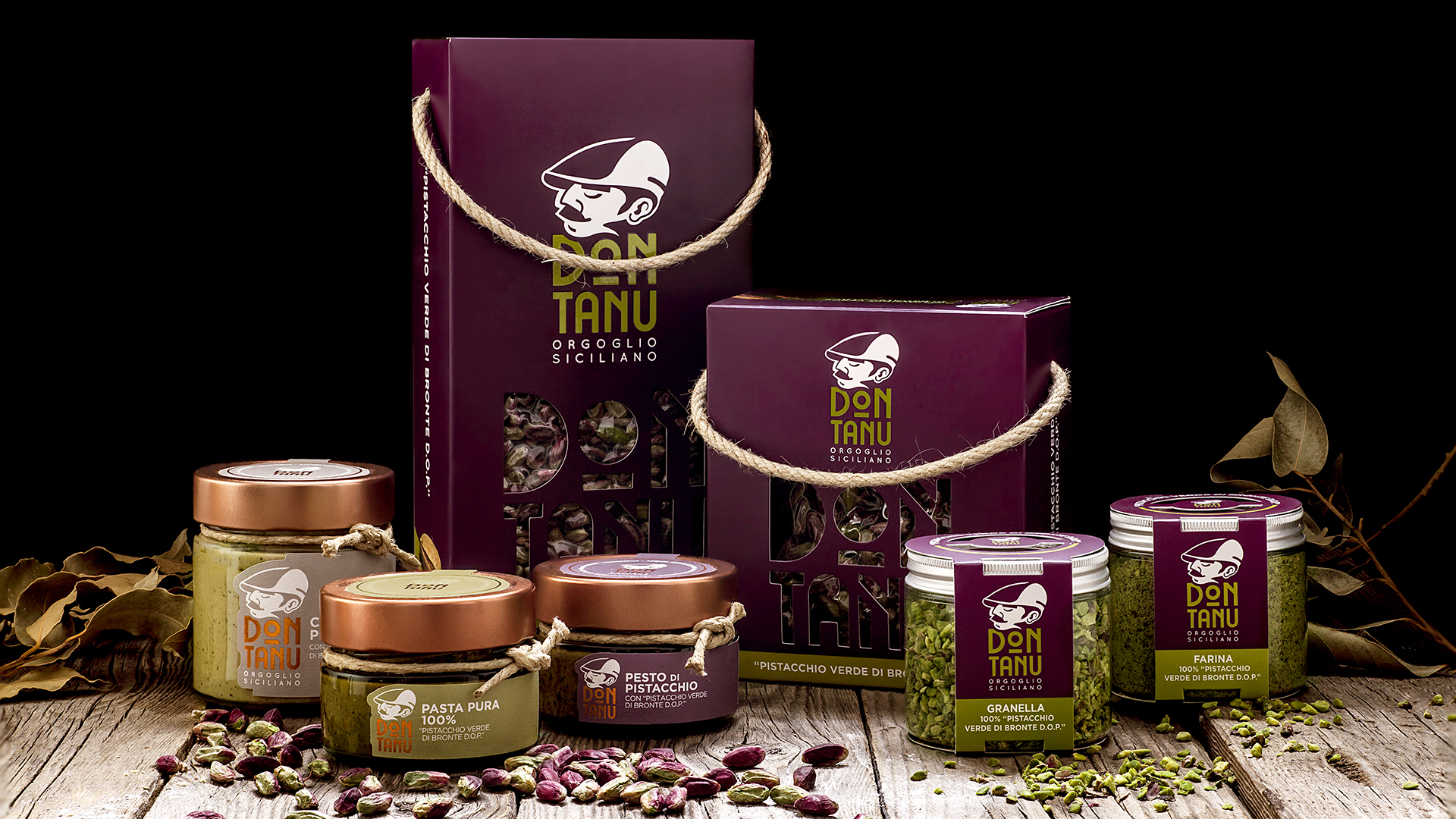
The Pistachio is passed in special fiber optic machines which carry out a first selection. However, the work of the machine is not enough to select the pistachio optimally. In fact, the machine sends the pistachio by drop to a workbench to be subjected to the last careful selection by qualified personnel.
All the processing steps described above are carried out using absolutely natural methods and without the aid of chemicals harmful to humans and the environment.
The D.O.P. Certification What is It?
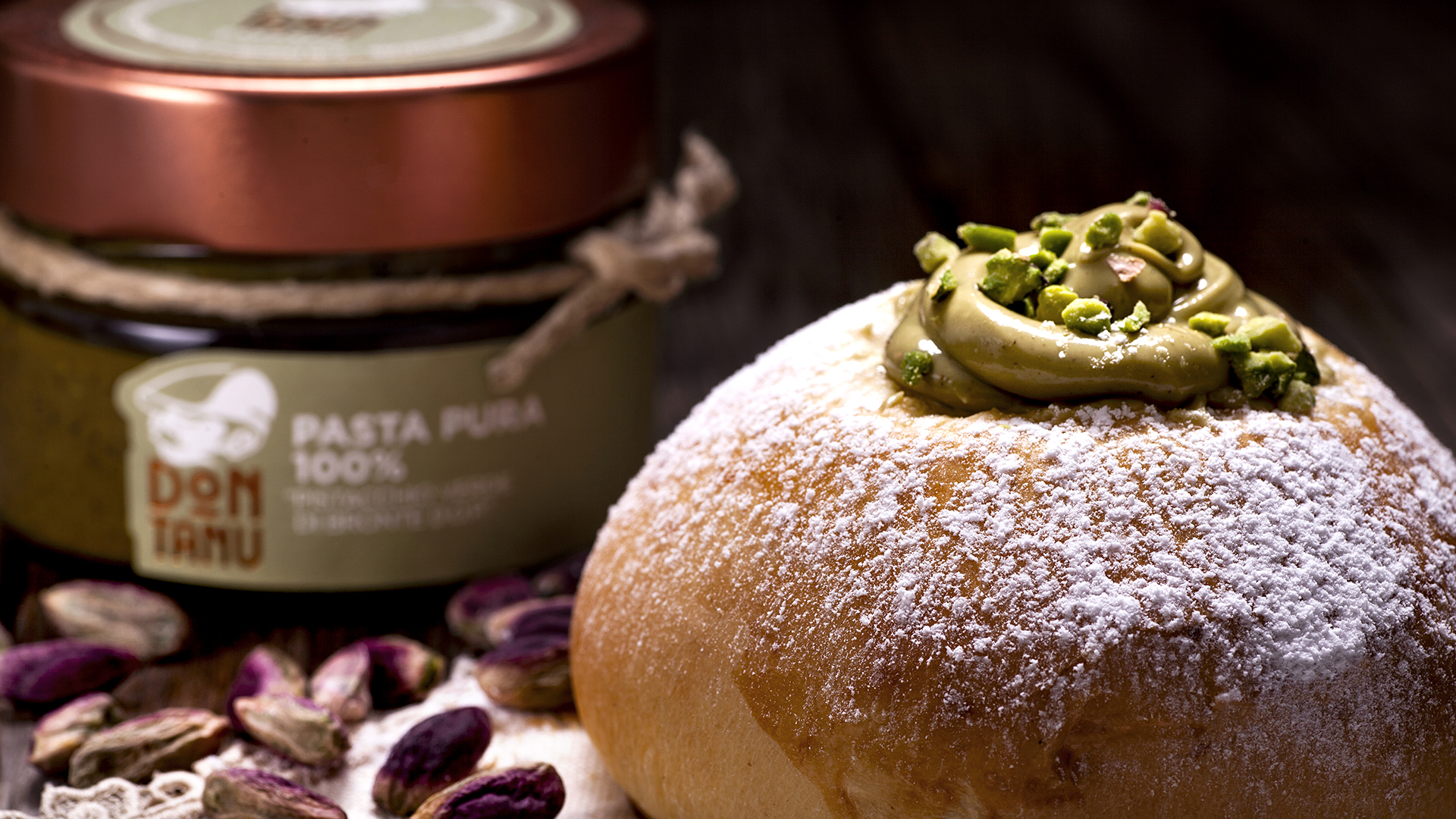
Wherever you are in the world, you are tasting a dish where the pistachio is the protagonist. It will be presented to you as "pistachio from Bronte" but is it really so? Unfortunately not.
Pistachio today is increasingly being counterfeited. In fact, pistachios are produced in different parts of the world but only Italy, despite constituting only 1% of world production, is the true home of the pistachio with Bronte, a town that was born on the slopes of the Etna volcano, in Sicily.

The only truly original pistachios are those with the DOP brand produced in Bronte. The Consortium of the green pistachio of Bronte DOP, which was founded in 2004, presides over this precious fruit.
To underline the difference of the Bronte pistachio DOP from all the others is important to give the final consumer the information tools necessary to be able to better orient themselves in the market and autonomously choose the product he intends to buy.
Products Don Tanu
Don Tanu
Sicilian Pride

Don Tanu, Excellencies Who Tell the Sicilian Pride
Mission
Don Tanu was born from the idea and desire to transmit the passion for one of the most famous Sicilian excellence in the world: the Bronte pistachio DOP, whose uniqueness is guaranteed by the DOP certification.
The company is keen to communicate not only the dedication to the products of its land but also the history of an island, Sicily, a land rich in ancient traditions and strong and authentic values that are handed down from generation to generation.
Don Tanu is Rediscovering Sicily in Any Place You Are!

Don: In the south, sir. Still today in the south Don and Donna are used instead of ladies and gentlemen.

Tanu: My grandfather, Gaetano.

It was precisely that Don Tanu, with the flat cap and mustache that still characterizes him, that I watched from an early age while taking care of his pistachio. The dedication and passion towards this very rare raw material, which I filtered through the curious eyes of a child, have now become the same premises that distinguish the Don Tanu company.
From yesterday to today nothing has changed. The harvesting technique is always the same: the sciara, the pistachio plant that was born as a miracle between ancient lava stones and human hands, are the only three ingredients that are needed to obtain Don Tanu pistachio.
The Pistachio

The pistachio cultivation was introduced by the Arabs, as the etymology of the Sicilian dialectal word "fastuca" which would correspond to the Arabic term "fastuq" would seem to testify. It is precisely to the Arabs that many recipes for sweets with almond, date and pistachio filling are due, the sweet cornerstones of Sicilian pastry.
Since 1929, Bronte has been the center of reference for the national pistachio sector. The record was conquered thanks to the work of Sicilian farmers who for more than 200 years have made arid and rough terrain the ideal context to create a large area of pistachio enhancing the terebinth (Pistacia terebinthus). However, it is precisely the volcanic soil of Etna that makes pistachio the excellence known and appreciated all over the world.
The Pistachio Harvest

With this brief description, Don Tanu wants to give due credit to the tiring work of man that exists behind every single packaged pistachio fruit.
The pistachio harvest takes place through different processing stages of the raw material.
First Phase: The Harvest
The collection is biennial and is carried out in odd years in the months from late August to early September. The harvesting phase is an extremely delicate phase.
It is performed completely by hand since the pistachio plant, growing on lava soils (the Sicilian sciara) does not allow the use of machinery and requires the help of teams of specialized pickers who act directly on the pistachio shrubs and, delicately breaking them , drop the fruit into a container carried on the shoulder.
For Bronte's families, this phase is as tiring as it is felt as a long-awaited party, a ritual that is handed down from generation to generation in which the whole family participates with different tasks, from the largest to the smallest.
Second Phase: The Removal of The Husk

After the first phase, through the mechanical action of the tape of a machine, the fruits are separated from their husk (the fleshy envelope that covers it and which, when ripe, takes on an ivory white color that makes the pistachio fruits similar to confetti).
Thus the shell pistachio is also known also with the name of tignosella.
Third Phase: Drying

Once the tignosella is obtained, we proceed with the third stage of processing, drying. The pistachio is placed in the so-called stindituri.
Spread the nets on the floor of special greenhouses, spread the pistachio in order to make it air in a homogeneous way. It takes on average two to three days of warm Sicilian sun to ensure that the fruits arrive at the right degree of drying. This traditional, slow and natural method gives the fruit that particular fragrance without equal.
Fourth Phase: The Shelling

Once dried, the pistachio is ready to be peeled. This processing, as the term itself anticipates, discovers the pistachio from the second woody shell that encloses it as a casket. In fact, nature seems aware of the precious fruit that it created having endowed the pistachio with a double protection.
Today this phase is carried out thanks to the use of machinery, in ancient times sciffu was used, a concave lava stone block on whose edge the peasants shelled the pistachio with the help of sharp tools.
Phase Five: The Peeling

After shelling, you can proceed with the "peeling" of the pistachio. That is, the elimination of the very thin purple endocarp that delicately covers the fruit one last time.
The plant used consists of a "scalder" where the seed is peeled, making it dip a few minutes in hot water (about 90 ° C). Through the brief soaking, the film that wraps the seed swells and subsequently, passing through rubberized cylinders that rotate by rubbing, it is torn and the pistachio remains of its very intense emerald green.
Fifth Phase: Control and Selection

The Pistachio is passed in special fiber optic machines which carry out a first selection. However, the work of the machine is not enough to select the pistachio optimally. In fact, the machine sends the pistachio by drop to a workbench to be subjected to the last careful selection by qualified personnel.
All the processing steps described above are carried out using absolutely natural methods and without the aid of chemicals harmful to humans and the environment.
The D.O.P. Certification What is It?

Wherever you are in the world, you are tasting a dish where the pistachio is the protagonist. It will be presented to you as "pistachio from Bronte" but is it really so? Unfortunately not.
Pistachio today is increasingly being counterfeited. In fact, pistachios are produced in different parts of the world but only Italy, despite constituting only 1% of world production, is the true home of the pistachio with Bronte, a town that was born on the slopes of the Etna volcano, in Sicily.

The only truly original pistachios are those with the DOP brand produced in Bronte. The Consortium of the green pistachio of Bronte DOP, which was founded in 2004, presides over this precious fruit.
To underline the difference of the Bronte pistachio DOP from all the others is important to give the final consumer the information tools necessary to be able to better orient themselves in the market and autonomously choose the product he intends to buy.
Products Don Tanu
-
Don Tanu - Shelled Green Bronte Pistachio P.D.O. - Dried Fruit - Sicily -...
100 % green pistachios from Bronte DOP obtained from the shelling of the last harvest, on the western side of Etna. Naturally dried in the sun, natural, unsalted, not toasted, shelled. May contain traces of other types of nuts. Lactose free, gluten free, vegan. Original gift idea – For any occasion, give a special box that tastes like Sicily to the eye...
31,00 € -
Don Tanu - Shelled Green Bronte Pistachio P.D.O. - Dried Fruit - Sicily -...
100 % green pistachios from Bronte DOP obtained from the shelling of the last harvest, on the western side of Etna. Naturally dried in the sun, natural, unsalted, not toasted, shelled. May contain traces of other types of nuts. Lactose free, gluten free, vegan. Original gift idea – For any occasion, give a special box that tastes like Sicily to the eye...
19,80 € -
Don Tanu - Bronte Green Pistachio Flour P.D.O. - Artisan Flour - Sicily -...
The pistachio flour is a very versatile ingredient, ideal for enhancing savory recipes such as pasta, meat or fish, salads and; on pizzas as a rich and very tasty seasoning. Ideal for sweet recipes, to create cakes, crêpes or to use as garnish. The flour gives each dish, the taste of the real pistachios from Bronte.
9,50 € -
Don Tanu - Chopped Green Bronte Pistachio P.D.O. - Dried Fruit - Sicily -...
Chopped pistachios are a very versatile ingredient, ideal for enhancing savory recipes such as pasta, meat or fish, salads and as a rich and tasty pizza seasoning. Ideal for garnishing and decorating even sweet recipes such as ice cream, cakes, crêpes or Sicilian cannoli. The chopped pistachios give each dish the taste of the real pistachios from Bronte.
9,50 € -
Don Tanu - Pistachio Green Pesto from Bronte P.D.O. - Preserved Foods -...
Chopped pistachios are a very versatile ingredient, ideal for enhancing savory recipes such as pasta, meat or fish, salads and as a rich and tasty pizza seasoning. Ideal for garnishing and decorating even sweet recipes such as ice cream, cakes, crêpes or Sicilian cannoli. The chopped pistachios give each dish the taste of the real pistachios from Bronte.
14,00 € -
Don Tanu - Pistachio Green Pesto from Bronte P.D.O. - Preserved Foods -...
Chopped pistachios are a very versatile ingredient, ideal for enhancing savory recipes such as pasta, meat or fish, salads and as a rich and tasty pizza seasoning. Ideal for garnishing and decorating even sweet recipes such as ice cream, cakes, crêpes or Sicilian cannoli. The chopped pistachios give each dish the taste of the real pistachios from Bronte....
7,90 € -
Don Tanu - Sweet Spreadable Cream of Green Pistachio from Bronte P.D.O. -...
Green pistachios from Bronte DOP slightly toasted min. 40 %, sugar, vegetable sunflower fat, cocoa butter, skimmed milk and whole powder, whey, lactose. Emulsifier (sunflower lecithin), natural vanilla flavour. May contain traces of other types of nuts. Palm oil free. The green pistachio sweet cream DOP is perfect to be enjoyed alone, at breakfast, on a...
12,50 € -
Don Tanu - Sweet Spreadable Cream of Green Pistachio from Bronte P.D.O. -...
Green pistachios from Bronte DOP slightly toasted min. 40 %, sugar, vegetable sunflower fat, cocoa butter, skimmed milk and whole powder, whey, lactose. Emulsifier (sunflower lecithin), natural vanilla flavour. May contain traces of other types of nuts. Palm oil free. The green pistachio sweet cream DOP is perfect to be enjoyed alone, at breakfast, on a...
7,50 € -
Don Tanu - Pure Paste of Green Pistachio from Bronte P.D.O. - Artisan Paste -...
100 % green pistachios from Bronte DOP obtained from the shelling process, slightly toasted. May contain traces of other types of nuts. Lactose Free, Gluten Free, Lactose Free, Vegan. The pure pistachio paste is a semi-finished product useful especially in the world of ice cream and pastry. An irreplaceable base for products that are above all sweet and...
18,00 € -
Don Tanu - Pure Paste of Green Pistachio from Bronte P.D.O. - Artisan Paste -...
100 % green pistachios from Bronte DOP obtained from the shelling process, slightly toasted. May contain traces of other types of nuts. Lactose Free, Gluten Free, Lactose Free, Vegan. The pure pistachio paste is a semi-finished product useful especially in the world of ice cream and pastry. An irreplaceable base for products that are above all sweet and...
11,50 €



